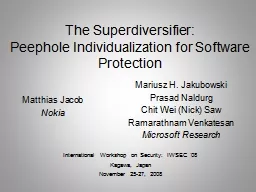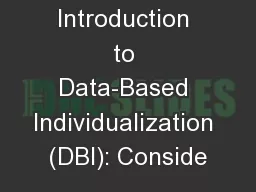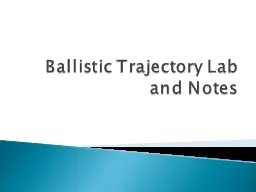PPT-The Superdiversifier: Peephole Individualization for Software Protection
Author : liane-varnes | Published Date : 2018-10-22
Mariusz H Jakubowski Prasad Naldurg Chit Wei Nick Saw Ramarathnam Venkatesan Microsoft Research Matthias Jacob Nokia International Workshop on Security IWSEC 08
Presentation Embed Code
Download Presentation
Download Presentation The PPT/PDF document "The Superdiversifier: Peephole Individua..." is the property of its rightful owner. Permission is granted to download and print the materials on this website for personal, non-commercial use only, and to display it on your personal computer provided you do not modify the materials and that you retain all copyright notices contained in the materials. By downloading content from our website, you accept the terms of this agreement.
The Superdiversifier: Peephole Individualization for Software Protection: Transcript
Download Rules Of Document
"The Superdiversifier: Peephole Individualization for Software Protection"The content belongs to its owner. You may download and print it for personal use, without modification, and keep all copyright notices. By downloading, you agree to these terms.
Related Documents














